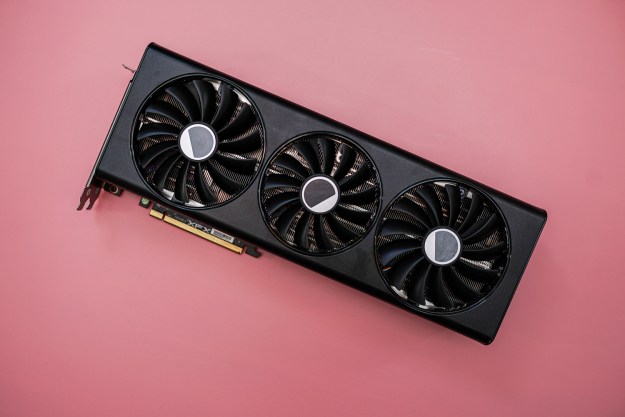A short walk from Tokyo’s upmarket Ginza district stands a unique building that for decades has been a magnet for architecture fans and curious tourists.

Tokyo’s Nakagin Capsule Tower was designed by the late Kisho Kurokawa and built in 1972. The extraordinary structure is a rare example of Japan’s post-war Metabolism movement that combined modern architectural thinking with ideas of organic biological growth.
But in just a few days from now, the iconic building will be torn down.

The Nakagin Capsule Tower, which to some resembles a precarious stack of front-loading washing machines, has been showing its age in recent years, and despite the long-running efforts of preservationists to save it, work on demolishing the structure will begin on April 12.

The building’s 140 or so capsules, each measuring around 10 square meters, were built off-site and then bolted onto two concrete shafts. Kurokawa suggested at the outset that the capsules should be replaced with new designs every 25 years, but in the end none were removed.
Although it began life as an accommodation block, over the years, as the building became more outdated and harder to maintain, some of the capsules began to be used for storage and office space, as well as more offbeat activities befitting of its quirky design.

Some of the capsules have been modernized, while others retain their original features, including the technology that in the early 1970s would’ve been considered cutting edge.


Although the Nakagin Capsule Tower will soon cease to exist in its complete state, its architectural significance means that some of the capsules will be saved and put on display in museums in Japan and around the world. Many, however, are sad to see the structure go, all too aware that Tokyo and the world of architecture are losing something really rather special.
Editors' Recommendations
- Watch NASA’s capsule with asteroid samples hurtling to Earth
- Watch the enormous 3D cat that’s been turning heads in Tokyo


